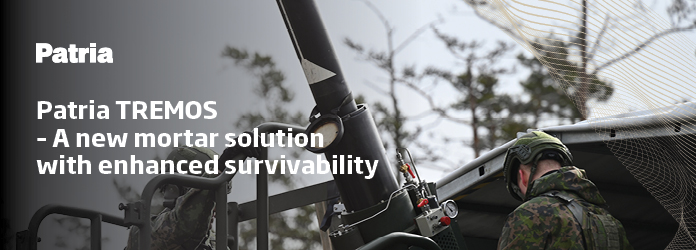While neither as reliable as high-end bespoke munitions, nor as overwhelming as traditional massed artillery, the growing array of affordable precision strike options offers militaries a third way forward.
The tradeoff between mass and precision has often characterised discussions regarding warfare. Militaries can either achieve statistical effects (for example that a given weight of fire will deliver lethal effect with a certain probability), or they can increase their likelihood of defeating a specific target by employing more precise munitions.[1] During the latter stages of the Cold War, for example, the Soviet second echelon was to be engaged with a range of emerging deep strike capabilities as part of the US’ Second Offset Strategy, while on the other side of the Iron Curtain the Soviet Chief of General Staff Marshal Nikolai Ogarkov saw the portents of a “military technical revolution” driven by a combination of pervasive intelligence, surveillance, and reconnaissance (ISR) and deep strike capabilities.[2] One consequence of this would be that the first echelon would have to fight at ever greater depths, and on the assumption that it alone would be decisive.
However, in truth, the precision age never truly existed when it came to war at scale. It tends to be forgotten that as even during the 1980s the then-Supreme Allied Commander Europe (SACEUR) General Bernard Rogers estimated that he had the capacity for a week of conventional warfighting before he would have to rely on tactical nuclear weapons.[3] Similarly, for all his interest in military technical revolutions, Ogarkov was most concerned with quickly overrunning NATO’s tactical nuclear weapons in-theatre.[4] This was reasonable, since the most important effect of deep strike would have been not to cripple the Soviet second echelon, but to fix it in place by temporarily disrupting its command and control (C2), and thus setting the conditions for tactical nuclear weapons to be employed against it. Precision, then, never truly undid the logic of statistical weaponry.
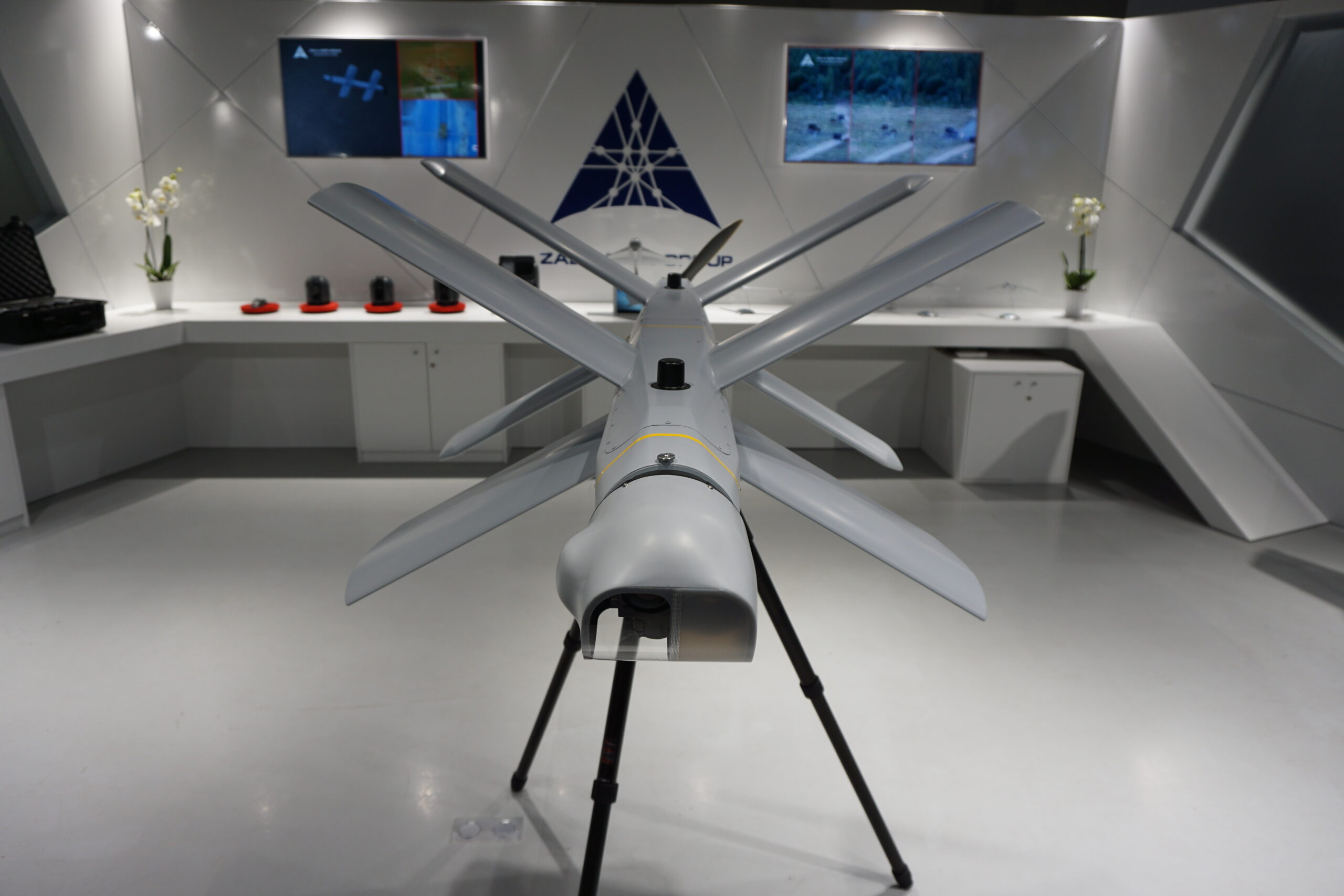
What do we mean by ‘mass precision strike’?
The concept of mass precision strike deserves further elaboration, since oft-used terms such as ‘kamikaze drone’ can apply to anything from a USD 200 quadcopter uncrewed aerial vehicle (UAV) fitted with a PG-7V warhead, all the way up to the IAI Harop one-way attack (OWA) UAV, which costs almost as much as many cruise missiles. Broadly speaking, there are three categories of weapon which can be grouped under this broader label – commercial off the shelf (COTS) systems, simplified versions of existing capabilities and older precision strike capabilities.
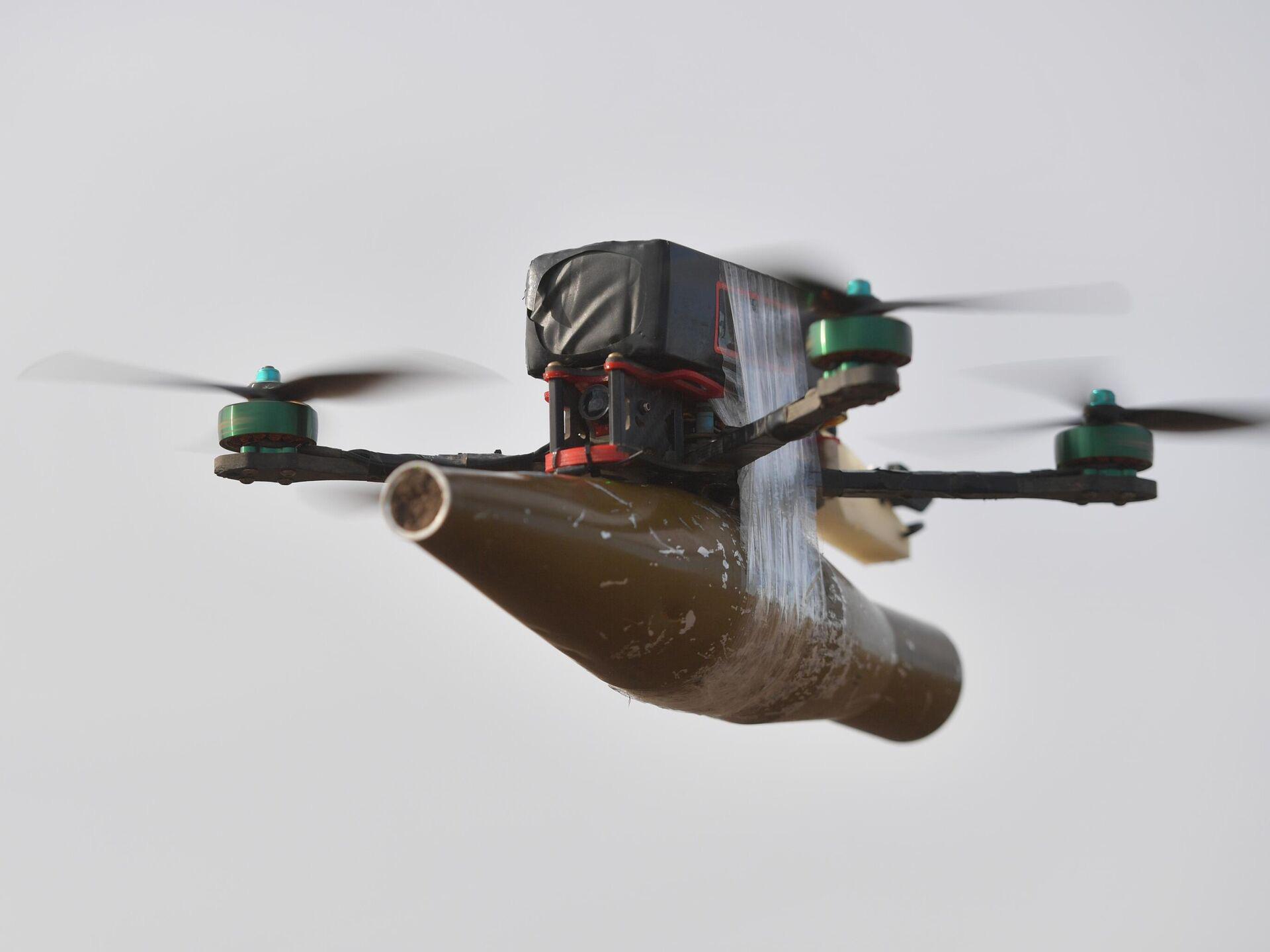
The second category of system comprises bespoke military systems in which some components or capabilities are substituted for less-expensive or more available parts in order to enable scaling. Examples of this include the Iranian Shahed OWA UAV family, in effect a propeller-powered cruise missile, which is made scalable by sacrificing both terminal phase sensors and by using a Serat-1 Wankel rotary engine. Similarly, the Russian Lancet loitering munition family, costing roughly USD 30,000 per unit (depending on model), is scalable partially because of commercial inputs such as Light Detection and Ranging (LIDAR) from automobiles.[7]
These systems have a higher probability of achieving a desired effect than COTS systems, although they still fall well short of the standard demanded of dedicated military systems. For example, based on what can be gleaned from open source data, Russian-made Lancets were documented to have scored roughly 193 kills in in 2023, when Russia was known to have manufactured roughly 900 lancets – implying a single-shot probability of kill (SSPk) of 0.25.[8] This is shy of the effectiveness demanded of most western complex weapons (which are typically expected to have an SSPk of around 0.8 or so), but considerably higher than that of unguided weapons (for example, typical artillery kills roughly 8 people per 100 rounds fired).[9] In this category are also functional equivalents of existing platforms which rely on bespoke military manufacturing but sacrifice some element of performance in order to make a system more scalable. For example a Bayraktar TB2 UAV can play a close air support role comparable to a manned fixed-wing aircraft but can do none of the other things that manned aircraft can do, and is much more vulnerable in contested airspace.

Combining mass and precision
As will be evident from the earlier discussion, none of the three categories of system described will replace truly bespoke military capabilities any time soon – they are all subject to limitations which preclude this. However, it remains the case that there is no immediately-available equivalent in Western arsenals to the tactical nuclear weapons of the Cold War – a statistical weapon that would have multiplied the effects of precision strike. As such, it is worth considering how second-tier precision strike can be combined with more bespoke systems to provide both statistical effect and to solve the challenge of scaling military capabilities.
The first role that second-tier strike capabilities can play is as a means of unmasking an opponent’s systems. For example in Ukraine, Russian UAVs are often used in advance of cruise missiles as a pathfinding capability, which forces Ukrainian radar to unmask in order to track them.[10] While a reliance on passive sensors can potentially help militaries obviate this challenge in the future (particularly as acoustic sensors become more effective against UAVs) but the very fact of an engagement taking place can assist in localising a sensor and shooter (such as an air defence system) for engagement by a more complex system. Another example might be the way in which triplets of Orlan-10 UAVs (one typically equipped with a jammer) are used as to unmask systems for strikes using the Iskander-M system’s 9M723 SRBM).
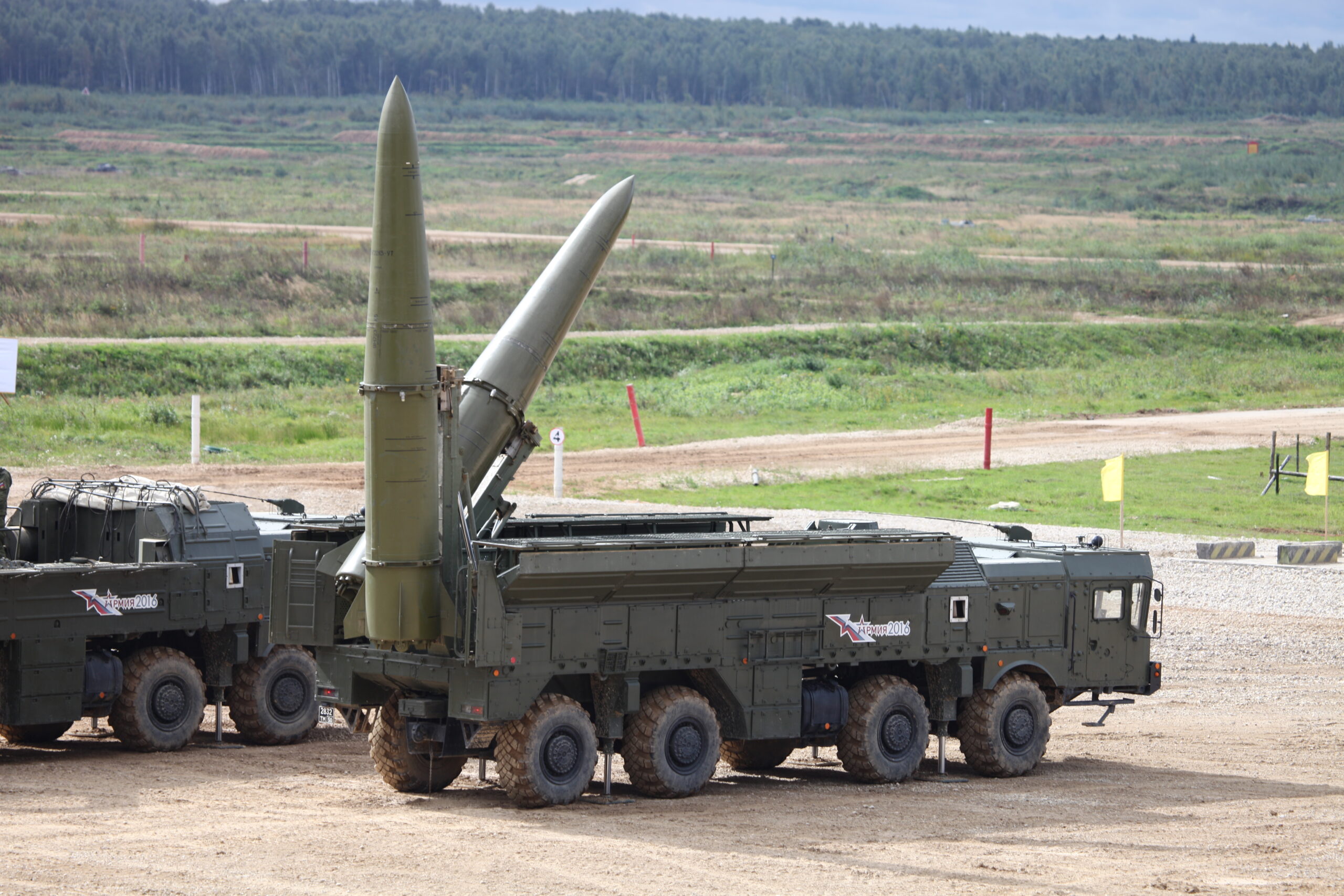
Similarly, the weight of historical experience suggests that even a loss rate of around 4% per sortie can cripple an air force over time, with most Cold War modelling suggesting that the task of suppression of enemy air defences (SEAD) was achievable, but at the cost of a significant degradation of available airpower.[13] Western militaries face a second echelon problem – they can, if properly equipped, seriously damage an opponent’s first echelon including their integrated air defence system (IADS), but cannot easily exploit the opportunities that this provides. It is here that second-tier strike capabilities in the hands of potentially less-capable second line units (for example mobilised reservists) might add greatest value. To use an example, given the relatively short training times for many second-tier strike systems (certification on the TB2 takes about four months, for example), these systems can be used primarily by reservists, who could be mobilised as an exploitation force in a context where they would be far more lethal.[14]
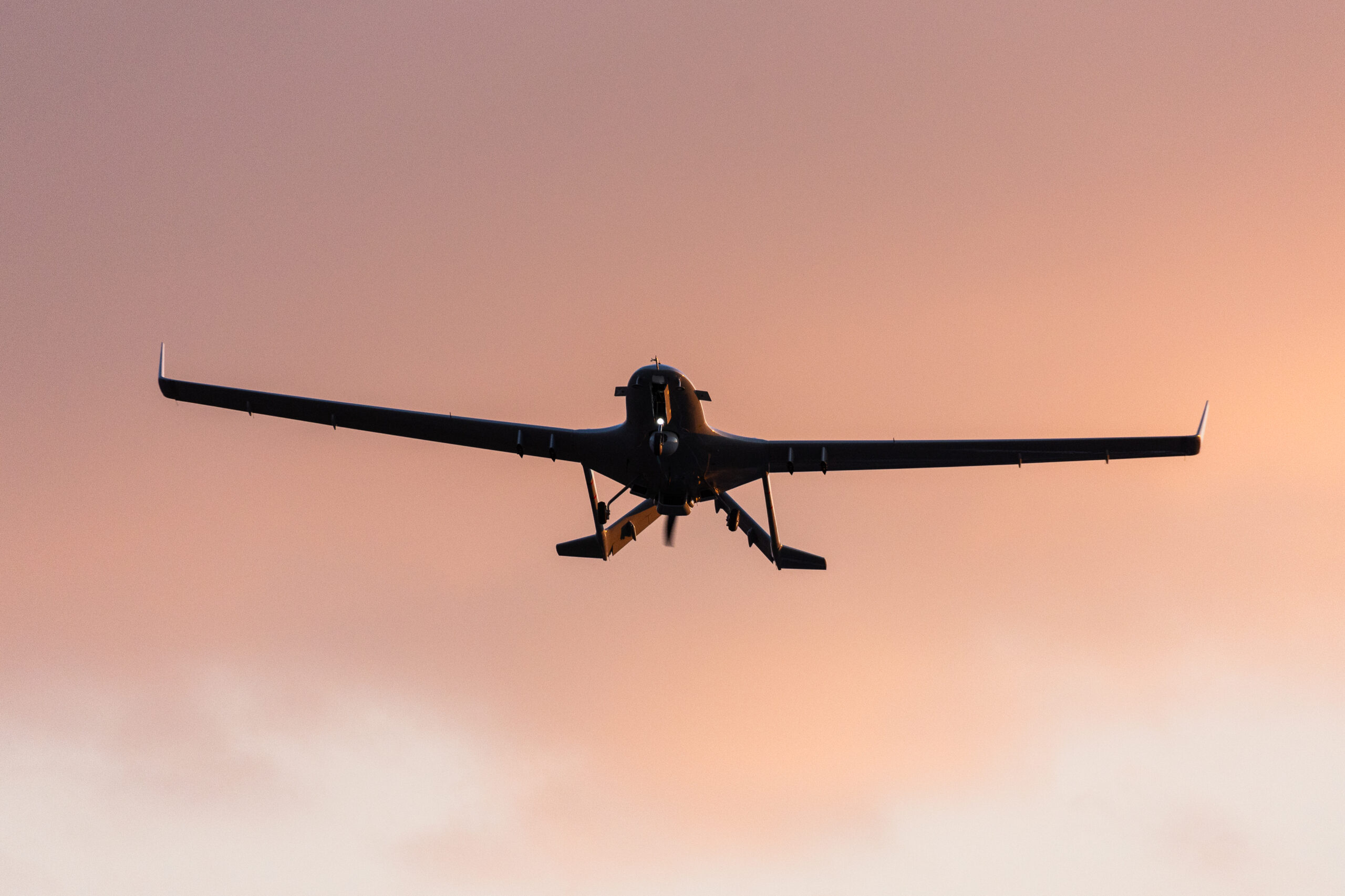
This leads to a final use case for mass precision strike capabilities, which is as a competitive strategy. The systems and skills needed to defend against these capabilities are often not cheap and furthermore impose requirements for skilled personnel.[15] For example, Russia has had to deploy the Pole-21 EW system down to the company level in Ukraine. Not only does this impose costs, since every unit generated has to be enabled in this way, but it also imposes dependencies on smaller numbers of skilled personnel such as EW operators, who cannot be quickly trained or easily replaced. Even comparatively cheap solutions such as obscurants impose a logistical cost. An M58 obscurant dispenser, for example, has about 90 minutes’ worth of visual obscurant and 30 minutes’ worth of infrared (IR) obscurant in it, after which it must be replenished.[16] The more enablers a unit needs to operate, the smaller the deployed element of a first echelon force must become since equipping a force for the defence involves both costs and the introduction of dependencies. Second tier strike and the ubiquity of the risks it poses, then, can be a means of shaping the way in which an opponent can generate forces and limiting his capacity to use the forces theoretically at his disposal since against poorly defended or trained second echelon troops the effectiveness of these systems increases drastically.
A balanced approach
When examining the utility of mass precision strike, it is important to avoid both the extremes of technology-driven euphoria and an excess of conservatism. On the one hand, it is the case that many of the systems which can be described under this label have significant limitations which preclude their being used as substitutes for existing capabilities. However, they can be used in tandem with existing systems to provide a degree of mass which is presently lacking from many Western arsenals.
[1] The term statistical weapon is borrowed from Eado Hecht see Eado Hecht. The Russo-Ukrainian War: Possible Lessons for the IDF. Begin Sadat Centre.March 26, 2023. https://besacenter.org/the-russo-ukraine-war-possible-lessons-for-the-idf/
[2] On Ogarkov’s views see Dmitri Adamsky. The Culture of Military Innovation. (Stanford: Stanford University Press, 2010)
[3] Helmut Hammereich. Defense at the Forward Edge of the Battle or rather in the Depth? Different approaches to implement NATO’s operation plans by the alliance partners, 1955-198. Journal of Military and Strategic Studies. Volume 15, No 3 (2014): 164-172 p.166
[4] David Glantz. Soviet Military Strategy. (New York: Frank Cass, 1992) p.242
[5] Jack Watling. The Spectral Constraints of Drone Warfare. In Sidharth Kaushal (ed) forthcoming RUSI Whitehall Paper
[6] Jack Watling and Nick Reynolds. Russian Tactics in the Second Year of Its Invasion of Ukraine. (London:RUSI, 2023)
[7] Sam Cranny Evans Speech at RUSI Missile Defence Conference 2024. London, RUSI April 2024
[8] Videos to verify individual losses taken from Lostarmour. https://lostarmour.info/. Accessed on 20/06/2024; Claims about Lancet production derived from Interview with Brigadier General Oleksiy Gromov. Ukrinform. 2023. https://www.ukrinform.ua/rubric-ato/3731271-oleksij-gromov-zastupnik-nacalnika-golovnogo-operativnogo-upravlinna-genstabu-zsu.html
[9] Steven Biddle. Back in the Trenches. Foreign Affairs. August 10, 2023. https://www.foreignaffairs.com/ukraine/back-trenches-technology-warfare
[10] Sergii Kostezh. Combatting Russia’s Shahed Blitz and What Trump’s Administration Should Do. Kyiv Post. November 2024. https://www.kyivpost.com/post/42094
[11] See Eado Hecht. Drones in the Nagorno Karabakh War: Analyzing the Data. Military Strategy Magazine Volume 7, Issue 4. https://www.militarystrategymagazine.com/article/drones-in-the-nagorno-karabakh-war-analyzing-the-data/
[12] Jack Watling. Combining the Arms of the Future. (London:Bloomsbury, 2023)
[13] Barry Posen. Inadvertent Escalation: Conventional War and Nuclear Risks. (Ithaca: Cornell University Press, 1991)
[14] Defense Here. Azerbaijani pilots complete UAV pilot training on Bayraktar TB2 UCAVs. https://www.defensehere.com/en/azerbaijani-pilots-complete-uav-pilot-training-on-bayraktar-tb2-ucavs
[15] Watling Reynolds Russian Tactics in the Second Year of the Invasion of Ukraine
[16] Steven Biddle. Military Power: Explaining Victory and Defeat in Modern Battle. (Princeton: Princeton University Press, 2005) p.248




